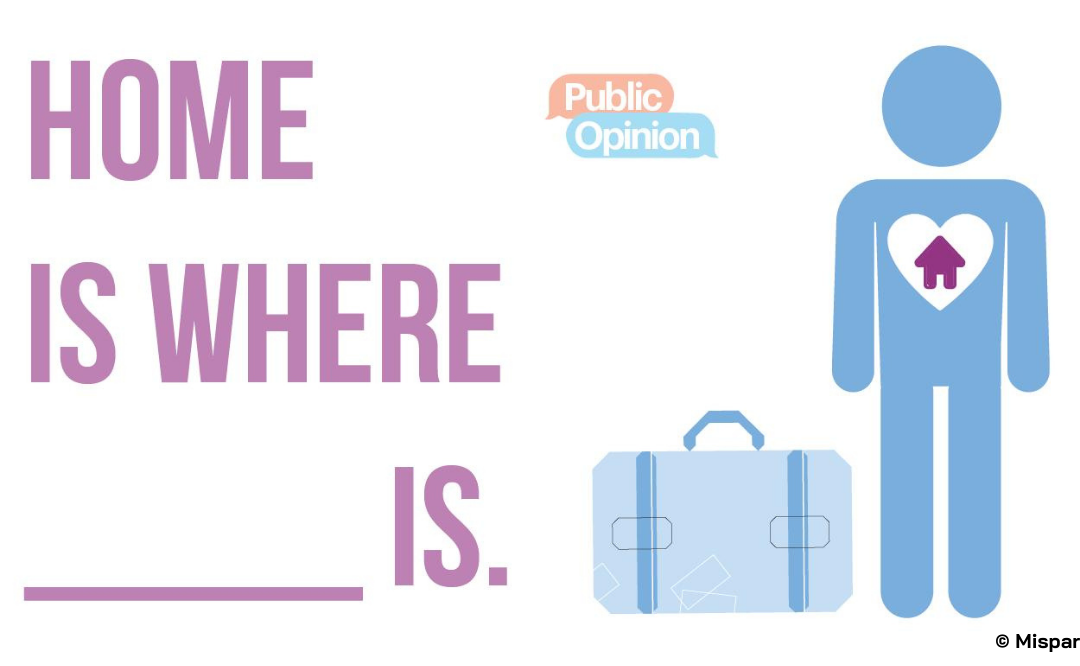Jewish Migration: Location, Relocation, and all the Moving Parts
Dear Reader,
Welcome to the results of our migration study, where you will get an intriguing look at why families relocate, what people love about their communities, and the flow of migration across different parts of the world where Chareidi Jews call home.
We start by asking the gender, age, and location of respondents. Understanding basic demographic information is the first step in helping us gain a well-rounded picture of additional, more nuanced data.

The decision to move often has people grapple between priorities and sacrifices, values and conveniences.
While their motivations may be easy to identify, there are always unexpected surprises and challenges that come in the planning stages.

Are the worries and hesitations about moving unfound?
Here we get a glimpse at important factors in which Jews have been impacted when relocating to different parts of the United States, some of them often overlooked.

Asked to rate the success of their move, the responses indicate an overwhelmingly positive satisfaction about having taken the leap.

To uproot or not?
There is a challenging tug of war regarding the complex decision of moving. Relocating an Orthodox Jewish family comes with a unique set of challenges, and it’s interesting to notice how the considerations and resistance vary by age and life stage, as priorities shift and people change.

Living close to family is high on the list of priorities in the topic of Jewish migration, making geographical distance within families a big topic. Throughout the survey, we hear about families who resist uprooting so that they can live near their parents. Yet, when tapping into the voices of the parents, we get to hear the strong emotions and challenges they experience when their children decide to relocate.

Again we use age brackets to compare preferences and hindrances when it comes to the big decision of relocating.
Notice how living near family plays a role for each age group in different ways. We also touched on giving up on familiar comforts, navigating preferences within relationships, and other emotions that come up in the decision to uproot.

The diagram below is a visual representation of how people are moving around within the tri-state area, one of the hottest spots for Orthodox Jewish families. We point out some interesting data about different choices and dynamics and look into why people choose to stay or leave specific areas.

Presented below is a peek into migration patterns outside of the US, to understand where Jewish families are navigating. We tap into Aliyah, the challenges encountered, the resources accessed, and the overall satisfaction rate of those who took the leap. It’s intriguing to hear from pioneers who are bravely paving trails in different parts of the world.

Behind seemingly smooth transitions, there are often untold stories of difficult starts or serious repercussions. These are possibilities that people have not thought of when considering the new location, or chose not to dwell on. These challenges span from relationships, finances, Chinuch, and beyond - each of them impactful in their own way.

Thank you for taking the time to uncover interesting data about migration in the Jewish community, from the predictable to the unexpected. We hope our research provides an appreciation of the different perspectives and dimensions that impact big choices - choices that are fraught with indecision, driven by strong values, and come with an equal share of compromises.
We invite you to share your comments below and keep this conversation going!
You can also join our panel by clicking this link!

